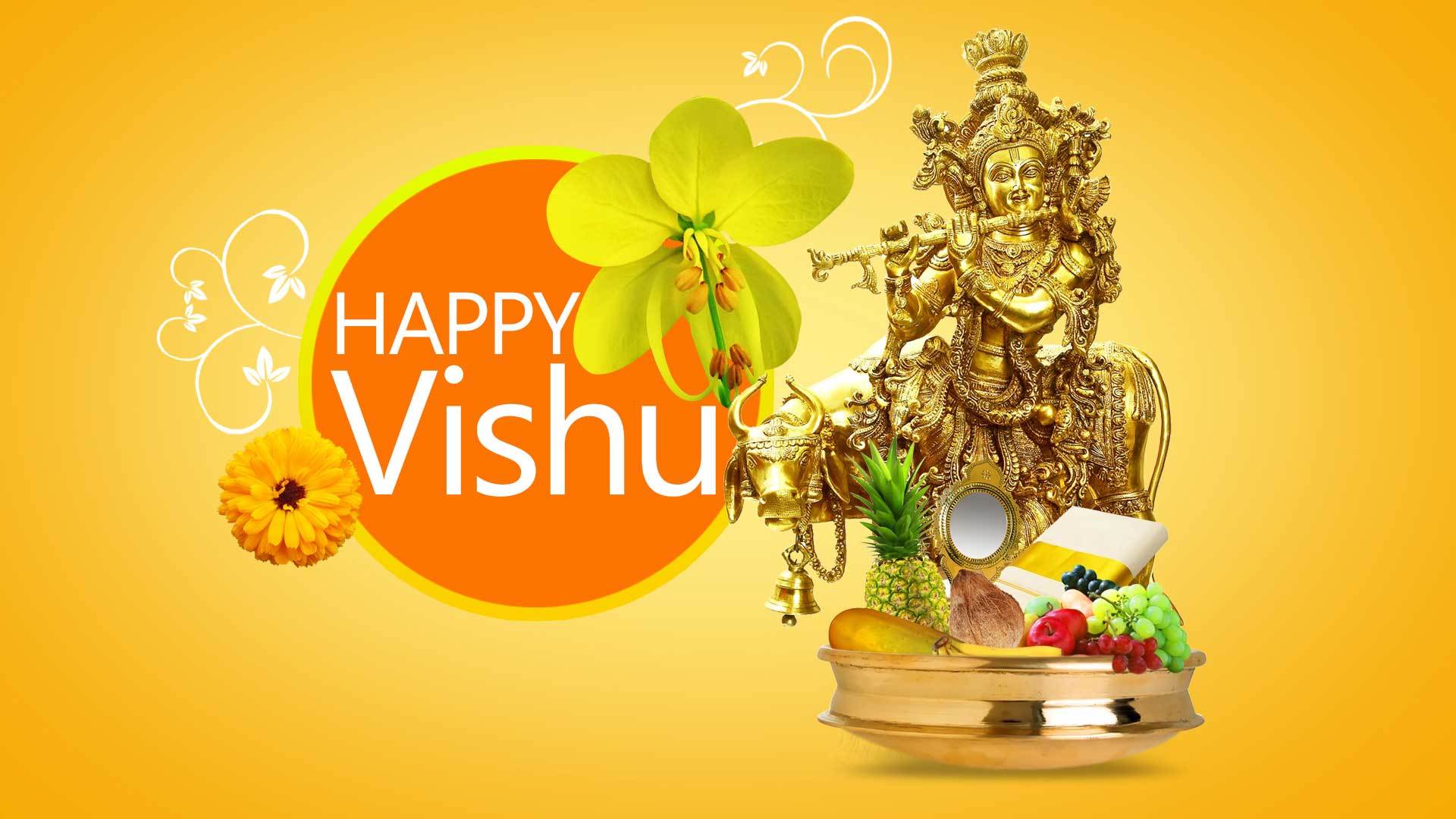Vishu 2019: Date, Significance, Celebration And Everything Else About Malyali or Kerala New Year
Vishu 2019: The Malyali or Kerala New Year will be celebrated in India on THIS Date, Read on to Know All About Its Importance And Festivities
Vishu 2019 On
(Monday)
Mesha Sankranthi Moment
Coinciding with Baisakhi (Sikh New Year), Pohela Boishakh (Bengali New Year), Bohag Bihu (Assamese New Year) and Puthandu (Tamil New Year), Vishu falls on the first day of the month of Medam as per the Malayalam Calendar. Celebrated across Kerala and nearby areas, Vishu marks the movement of the sun into the Medam Rashi, the first solar month according to the Gregorian calendar. Connoting the completion of the spring equinox, the word ‘Vishu’ means ‘equal’ in the Sanskrit language.
Date
This year, the Malayalam (Kerala) New Year falls on April 15. Kerala and coastal areas nearby Kanyakumari region and their diaspora communities will be celebrating the festival on this day.
Significance
After the state’s harvest festival, Onam, Vishu is a day celebrated with zest in Kerala as it signifies that one is required to begin in the right direction, on the first day of the year, which would then lead to the whole year being right and turning in favour of the person. The day and night are believed to be of equal duration on this day hence, the term ‘Vishuvam’ which means equinox in the Sanskrit language. Paggu, the Tulu solar month, starts from this day.
Celebrations
On the day of Malayalam New Year, there is a custom among the people to open their eyes to Vishukkani. Kani means ‘first sight’ and as per the custom, the lady in the house in required to blindfold every member of the family and lead them to witness the Vishukani – that which is worshipped and that which is the 1st thing to be seen on the occasion of Vishu. Featuring ‘ashtamangalyam’, the eight essential elements that include a traditional Mundu, a religious text (typically The Bhagavad Gita), a mirror, a lit lamp, golden shower flowers (yellow flowers), fruits, vegetables, betel leaves, an assortment of rice, mirror, money and gold arranged in a metal plate with the idol of Lord Krishna, the Vishukani is arranged and kept in the prayer room.
The houses are cleaned and often painted or whitewashed in order to purify it. The pooja rooms were the ritualistic presentations would be made are cleaned with the picture Gods adorned with the Chandan and Kumkum.
After waking up to a surreal sight, full of golden hues on Vishu, people pray to Lord Krishna on the New Year’s Day and follow the traditional custom of witnessing Lord Krishna’s idol as first thing in the morning. After the Vishukani custom, people go on to take a bath in the sacred water and offer prayers at the nearby temples. The people in Kerala put on their outfit called Kodi Vastram for celebrating Pooram Vishu. Kodi Vastram is new clothes that are especially worn during any auspicious occasion. Dancing and singing form a part of the Malayalam New Year Celebration. Sadya or feast is prepared by women on this special occasion. The special dishes include mangoes, jackfruits, pumpkins and gourds. A dish called Moru Kutan made of Payasam (Kheer), yogurt, Veppampoorasam (a bitter neem preparation) and Mampazhapachadi (a sour soup of mango) is prepared on the special occasion of the Malayalam New Year.
We, at PujaBooking.Com, wish you a very Happy Vishu!

